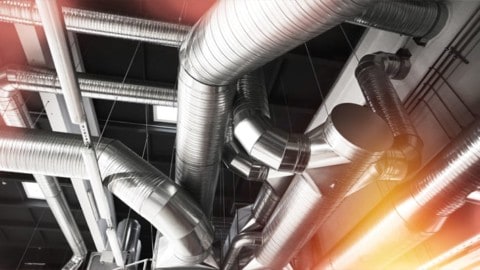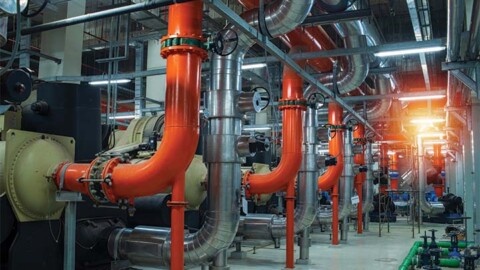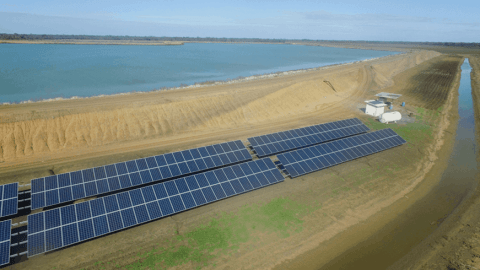The pump industry relies on expertise from a large and varied range of specialists, from experts in particular pump types to those with an intimate understanding of pump reliability; and from researchers who delve into the particulars of pump curves to experts in pump efficiency.
To draw upon the wealth of expert knowledge the Australian pump industry has to offer, Pump Industry has established a panel of experts to answer all your pumping questions.
What sort of progressive cavity pumps are best suited to mining applications?
Progressive cavity pumps (PCPs) are very common on mine sites throughout Australia. For these pumps, this particular market sector would be on par with water/wastewater as one of Australia’s most popular.
To list in detail the various applications would take up this entire magazine issue, so instead I have summarised the typical applications and key benefits of this pump design.
Overview of mine types where PCPs are used in Australia:
- Bauxite (also refined alumina)
- Coal
- Copper
- Gold
- Iron Ore
- Mineral Sands
- Nickel
- Shale Oil
- Tin
- Uranium
- Vanadium
- Zinc
They are also used by countless suppliers of mining equipment and chemicals for:
- Decanters and centrifuges
- Tunnel drilling equipment
- Flocculants
- Chemical dosing
- Liquid explosives
Common applications for PCPs in mining:
- Transfer of mineral slurries
- Void back-filling applications
- Dosing of explosives
- Thickener underflow applications
- Centrifuge filling
- Chemical dosing
- Water treatment
- Cake transfer
- Leachate treatment
- Gland water supply
- Sludge feed to dewatering machines
Typical transfer liquids include polymers, sludge, slurries, grout, various chemicals and clean and dirty water.
Mine dewatering applications for PCPs
This is one of the most common areas where PCPs can be seen, usually installed on a transportable skid with collection tanks for incoming water, and generally incorporating some kind of solids separation to partially clean the muddy, high sediment mine water.

The difference between close-coupled and long-coupled PCPs.
The range of PCPs used for these applications have a long length, due to the pressure generation required for pumping to the surface from several hundred meters underground.
There are several companies currently who specialise specifically within this application sector and occasionally there can be new design developments which may give significant benefits to the users of this product range.
Keeping abreast of these developments can certainly pay significant dividends to mine operators. More detailed information on specific design developments can be requested via the contact details at the end of this article.
Benefits of PCPs
- Self-priming
- Minimal pulsation
- Valve-less operation and flow control
- Reversible for back-flushing
- Flow proportional to speed
- No day to day maintenance required
- Versatile: can be installed horizontally or vertically and in virtually any position
- Minimal flow rate variation even with changing pressures
- Handle multiphase products (liquid and gas)

PCP on a rail car for a coal mine.

Cutaway view of a PCP.
 Peter Vila, Managing Director of SEEPEX Australia, is a progressive cavity pump expert. He has been involved with pumps for over 35 years. Peter spent the first five years repairing pumps and the following 30 years in technical sales, 15 of which have been with SEEPEX progressive cavity pumps.
Peter Vila, Managing Director of SEEPEX Australia, is a progressive cavity pump expert. He has been involved with pumps for over 35 years. Peter spent the first five years repairing pumps and the following 30 years in technical sales, 15 of which have been with SEEPEX progressive cavity pumps.
















